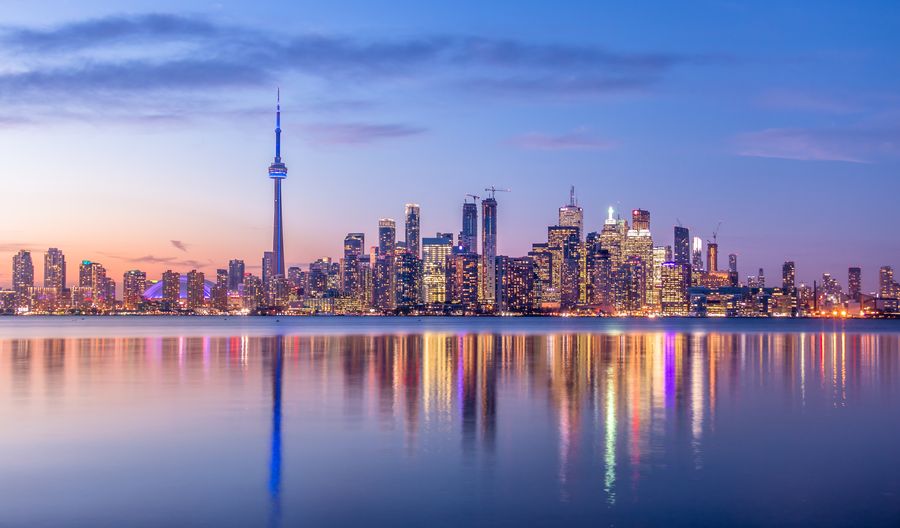In 2017, the price gap in Toronto between detached homes and condominiums reached $700,000, and while the latter market segment caught fire and bridged the chasm, history appears to be repeating itself.
“Today, you’re seeing first-hand a very similar market—it’s the sharpest incline in the shortest amount of time we’ve seen in recent history,” Jason Lam, VP of sales and marketing at , said in a recent webinar about 8 Wellesley Residences.
“What happens to condos? They catch up. As the price of condos increases, the gap goes down. For several years, condominiums became mainstream and we saw transactions increase and surpass low-rise sales. People understood the lifestyle, convenience factor, and the amenities. As condo prices went up, the price gap went down.”
Toronto’s condominium market is experiencing a rare lull in demand, but it’s sure to return with gusto when the COVID-19 pandemic begins receding. In fact, with multiple efficacious vaccines in circulation, the end could occur sooner than most people think.
However, the vaccine isn’t merely a panacea for the virus: it will strengthen market fundamentals that have been temporarily weakened. And with the end in sight, some of those fundamentals are already regaining their vigour.
“The best news we’ve received recently has to do with Canada’s immigration policy—the Trudeau government announced that [in 2020] we brought in 120,000 new immigrants, but what we’re finding out is over the next three years, 1.2 million qualified, educated individuals are coming in from around the world, and that sets us up for a huge boom because that’s a lot of demand we simply cannot meet. Nobody benefits from a very aggressive immigration policy more than the GTA’s real estate market, and this is paramount because this is an express highway to a pre-COVID market.”
The difference between the pre- and post-COVID-19 real estate markets is that the latter will have historically low-interest rates, which will bolster buying power and, as sales continue their torrid pace, valuations.
“2021 will be the ‘Year of the Condo,’” said Lam.
8 Wellesley, located on the northwest corner of Yonge and Wellesley Sts., is a 55-storey, 599-unit tower slated for occupancy in 2025, when the pandemic will have become a distant nightmare. In addition to a subway station located on the opposite side of the street, 8 Wellesley will have 21,000 sq ft of indoor and outdoor amenity space, including 6,000 dedicated to a state-of-the-art, 24-hour gym. It will also have a commodious lobby featuring a grand piano and a beautiful chandelier.
The real value, according to Lam, comes from the fact that around one in every 10,000 condo units in Toronto is located in the Yonge St. corridor, which happens to be the , if not the country. 8 Wellesley’s vicinity to University of Toronto and Ryerson University will boost demand by about 100,000 potential renters from those two post-secondary learning institutions alone, and coupled with the difficulty of building near the iconic street, the development’s units will retain their long-term value.
“You want to invest in something that’s scarce but that’s in increasing demand. It’s really hard to develop land in the 416, while the 905 is virtually limitless. Scarcity, when you’re trying to make money, is vital,” said Lam, adding that 8 Wellesley’s larger units are sure moneymakers. “Only 10% of condo units in the market are three-bedroom units and they do the best on the resale market.”
Neil Sharma is the Editor-In-Chief of Canadian Real Estate Wealth and Real Estate Professional. As a journalist, he has covered Canada’s housing market for the Toronto Star, Toronto Sun, National Post, and other publications, specializing in everything from market trends to mortgage and investment advice. He can be reached at neil@crewmedia.ca.










